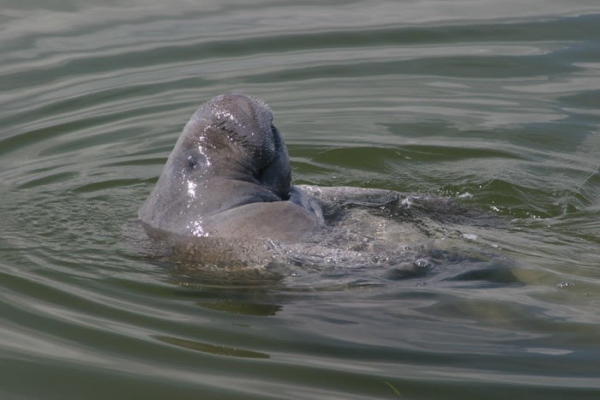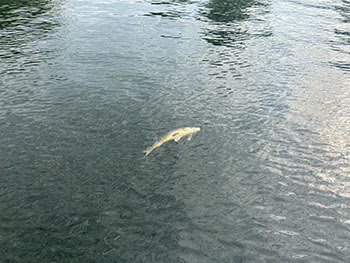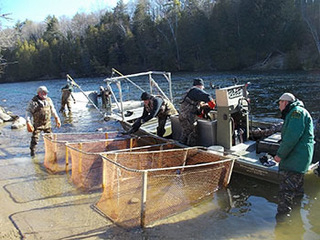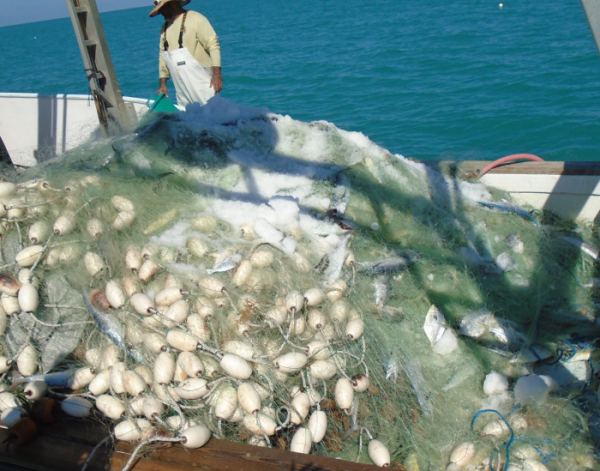Retuned, redefined and reimagined flagship bass boat celebrates Ranger’s proud heritage
SPRINGFIELD, Mo. – Ranger Boats is proud to announce the newest addition to its legendary lineup of world-class bass boats, the Ranger Z521R. Ranger’s deep-rooted passion for perfection has continually set the bar for the industry, and this newest flagship boat elevates that tradition to new heights. The all-new Ranger Z521R offers a best-in-class experience for the most dedicated bass anglers.
The Ranger Z521R was unveiled at the 2022 BASSMASTER Classic at Lake Hartwell, S.C. For more than 50 years, the iconic BASSMASTER Classic has been one of the premier tournaments of professional sportfishing and holds a special significance for all fans of bass fishing. The features of last year’s Ranger Z520R model made it the most pre-ordered Ranger boat in history. From bow to stern, the technology, dependability and excellence from Ranger have made the Z521R an instant classic.
Features of the Ranger Z521R
Combining legendary Ranger craftsmanship with next-generation technology, the Ranger Z521R offers the most capable canvas for anglers to build their custom dream machine. Inside and out, the Z521R is built to deliver time and time again.
In the Z521R, the exclusive Ranger RIDE system is standard and pairs with unshakable strength and quality. Twin electronics options at the console, an improved bow panel and an industry-first push-to-start ignition makes the Z521R complete with the best in marine technology.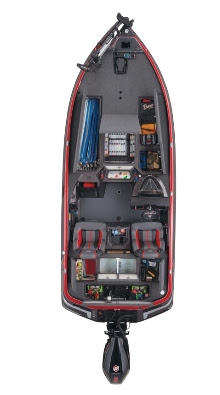
The ultimate tackle box, the Z521R boasts expanded storage complete with innovative layered-shelf rod boxes, enlarged day box, 10-gallon double-wall cooler, and integrated net stow behind the driver’s seat. When it comes to power, the Z521R is equipped with lithium batteries, the latest trolling motors and up to 300HP that delivers best-in-class performance and fishability. Staying on the water all day has never been easier thanks to redesigned NASCAR-inspired seating, a performance-driven hull, and wireless phone charger in the center coin box. Read more
